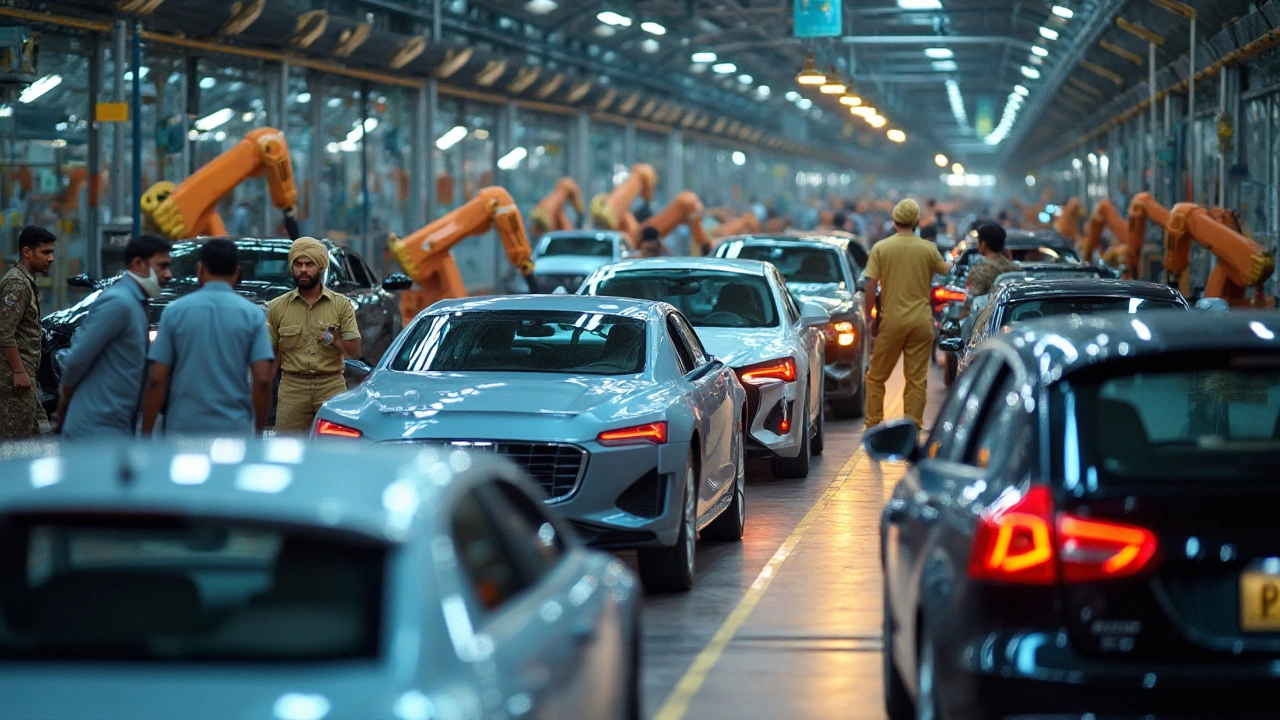India Automobile: Trends, Brands, and Industry Overview
When exploring India automobile, the network of vehicle design, manufacturing, and sales that takes place within the country. Also known as Indian automotive sector, it fuels jobs, exports, and daily mobility for millions. The industry encompasses a mix of passenger cars, commercial trucks, two‑wheelers, and emerging electric models. It requires a robust supply chain of steel, electronics, and fuel, while government policies influence its pace of growth. Key players like Tata Motors, a diversified vehicle maker known for trucks, cars, and EVs, Mahindra & Mahindra, a leader in tractors, SUVs, and electric initiatives, and Maruti Suzuki, the best‑selling passenger‑car brand in the country shape the market dynamics. Together they illustrate how the India automobile ecosystem balances legacy manufacturing with a fast‑moving shift toward sustainability.
India automobile growth is no longer just about volume; it’s about technology and policy. Electric vehicle (EV) adoption accelerated after the 2023 Faster Adoption and Manufacturing of Hybrid and Electric Vehicles (FAME) scheme, pushing manufacturers to expand charging infrastructure and develop local battery cells. At the same time, the government’s Make in India push encourages higher domestic content, which lowers import dependence for critical components like semiconductors. Supply‑chain resilience has become a focal point after pandemic‑induced disruptions, prompting firms to source steel and aluminum from nearby hubs such as Jamshedpur and Bhilai. Consumer preferences are also shifting—urban buyers favor compact, fuel‑efficient cars, while rural markets still rely heavily on robust tractors and small trucks. This blend of trends creates a nuanced landscape where traditional strengths meet innovative pushes toward electrification and digitalization.
What You’ll Find Below
The collection that follows dives deep into these themes. You’ll see a side‑by‑side look at iconic brands, a breakdown of high‑demand vehicle segments for 2025, and insights into how Indian manufacturers compare globally. There are pieces on the rise of AI chips for automotive applications, the impact of supply‑chain advances, and even a guide to fully Made‑in‑India cars. Whether you’re a market analyst, a budding entrepreneur, or a car enthusiast, the posts ahead give you concrete data, real‑world examples, and practical takeaways to understand and navigate the India automobile arena.

